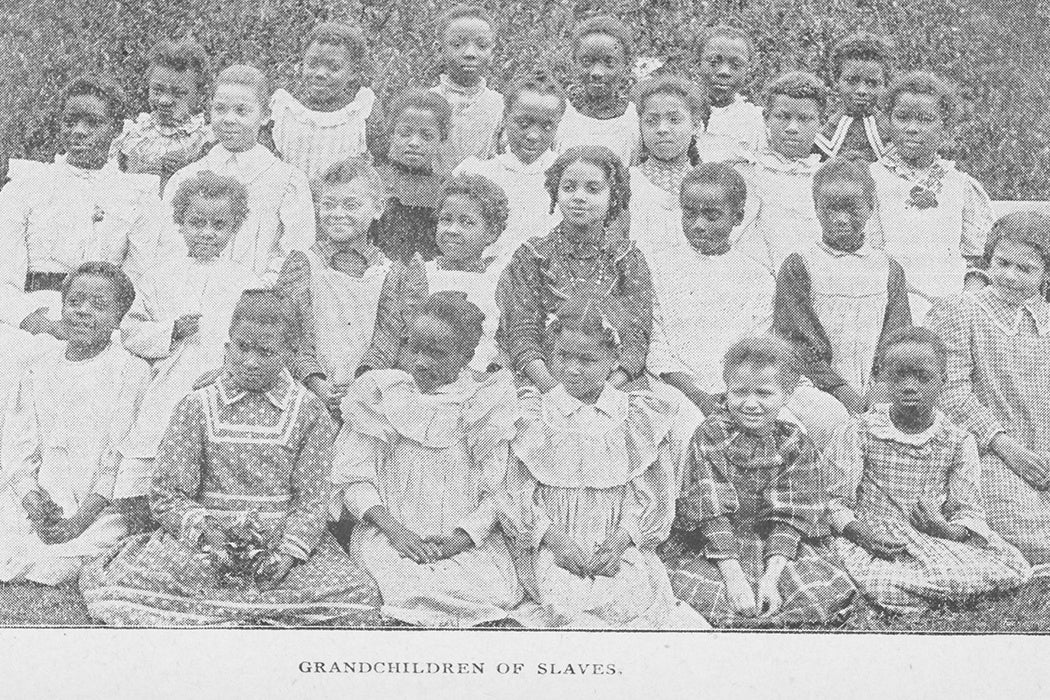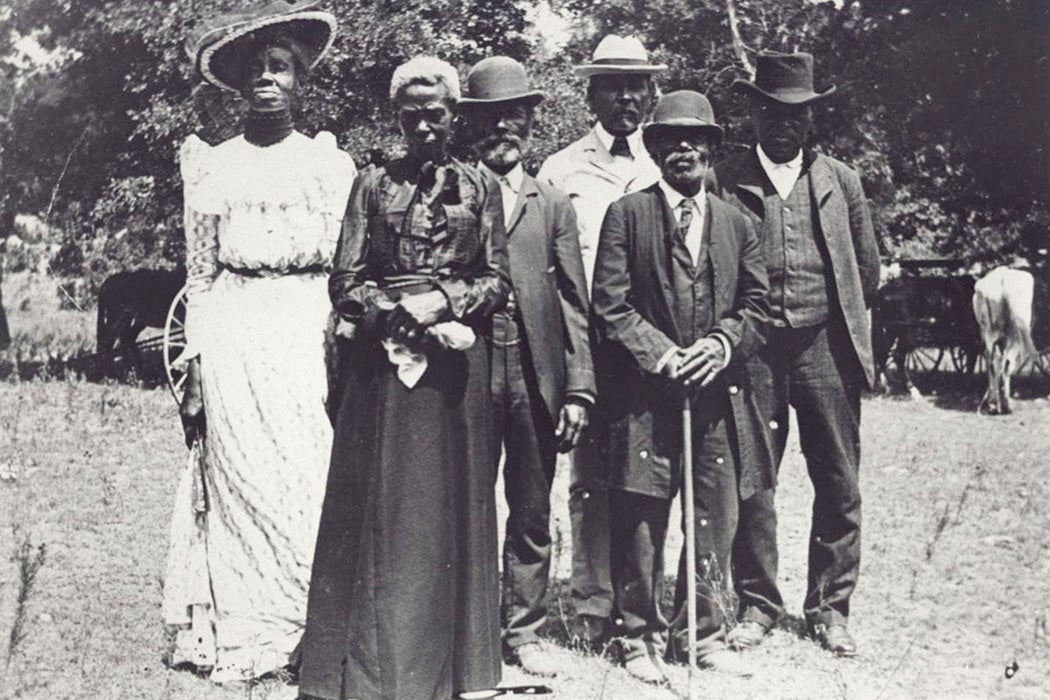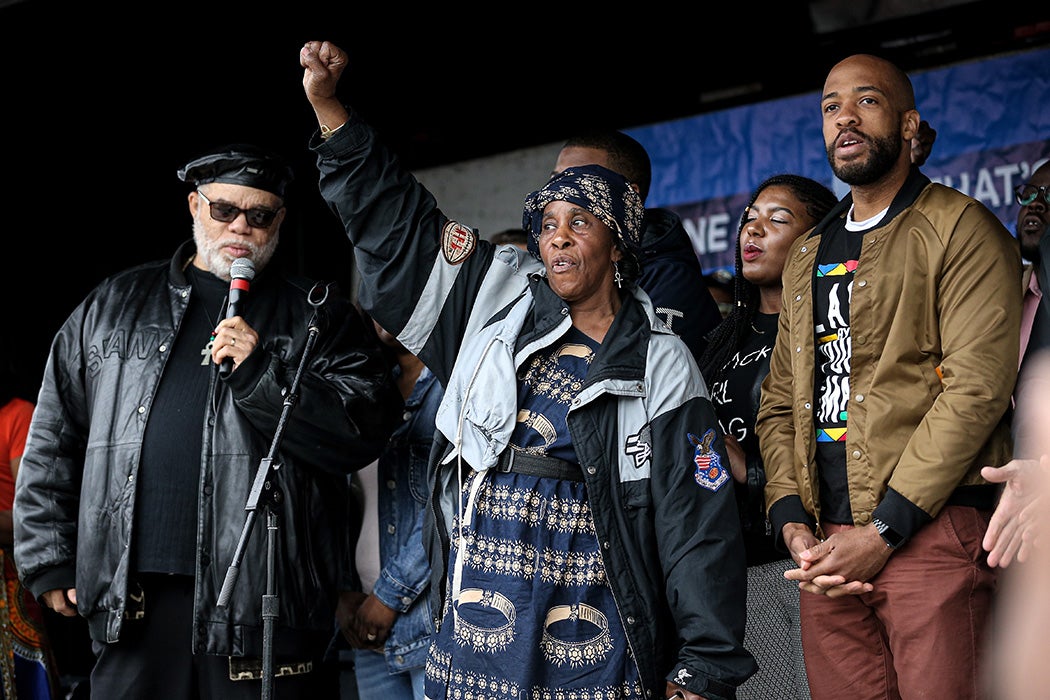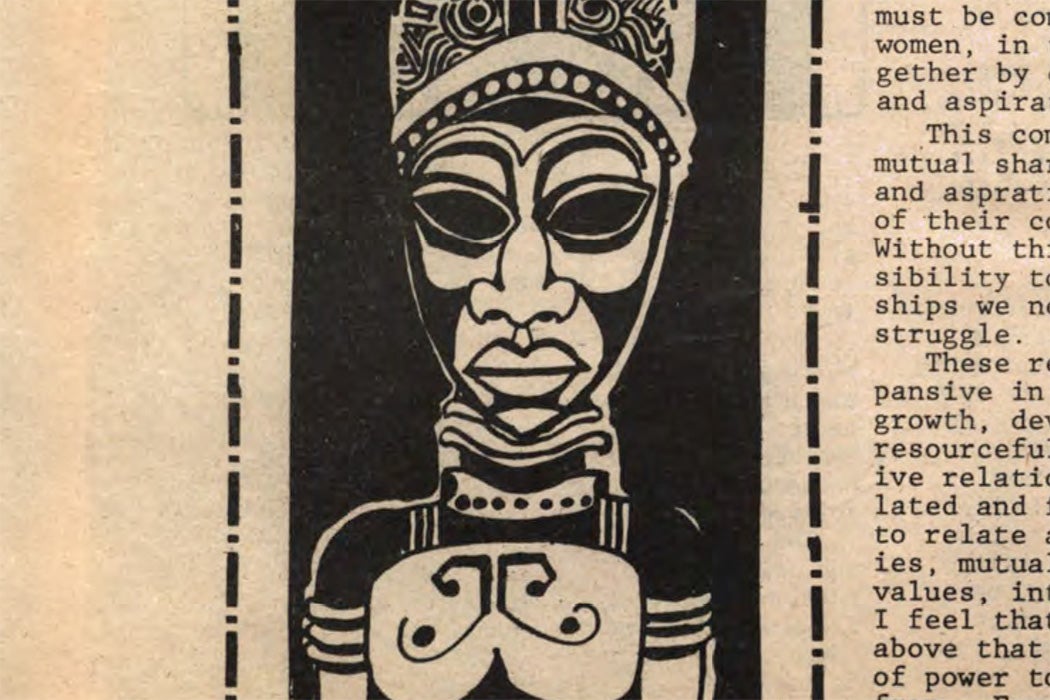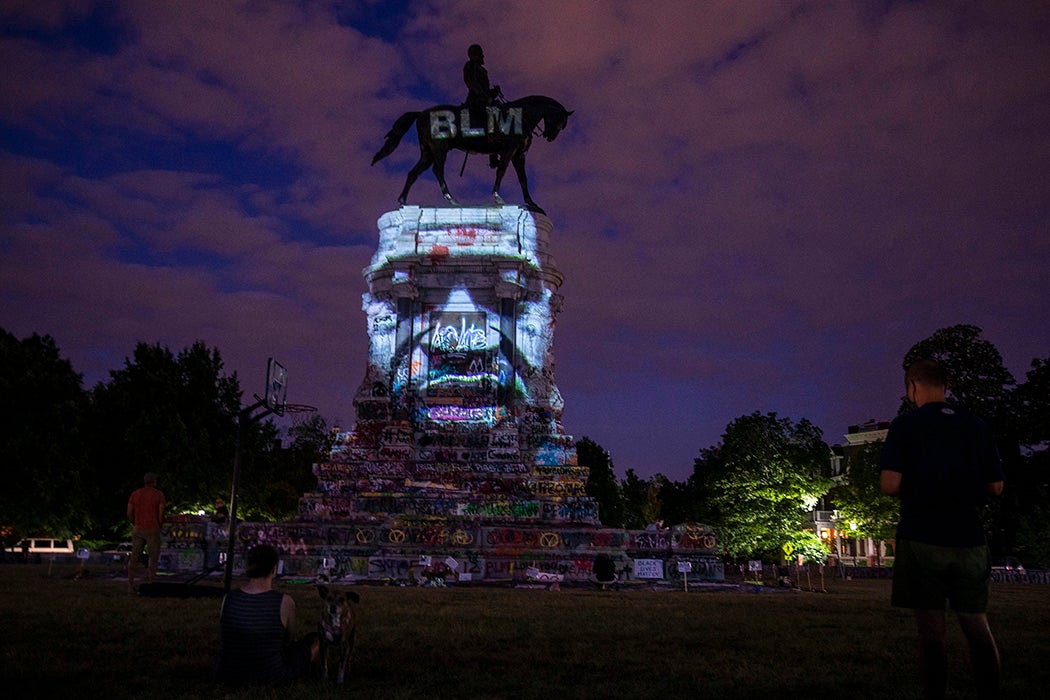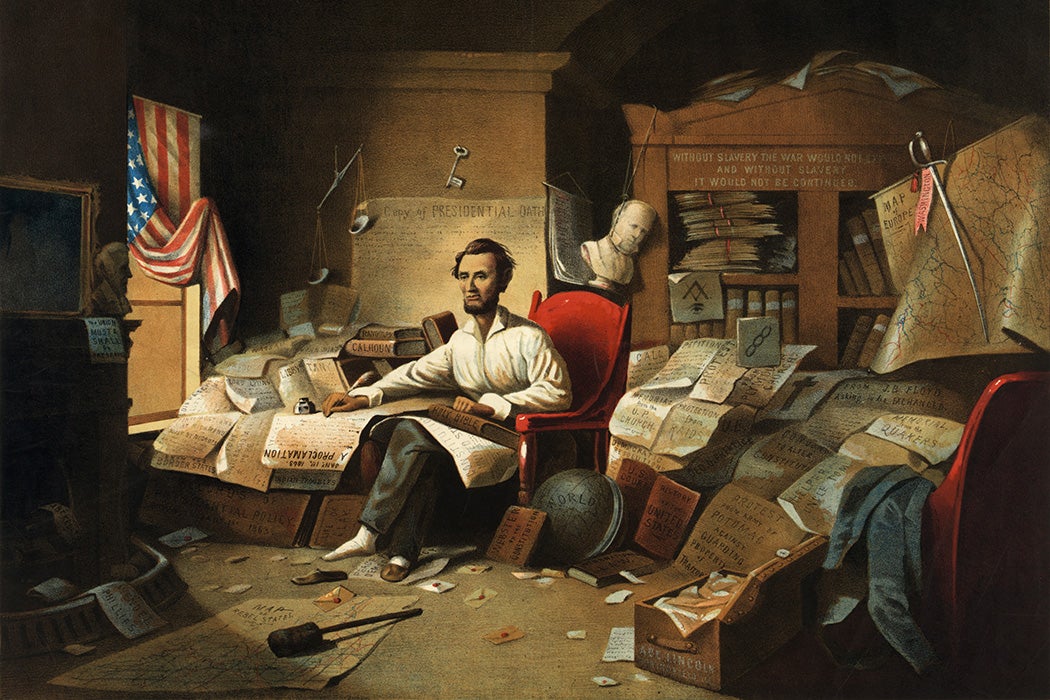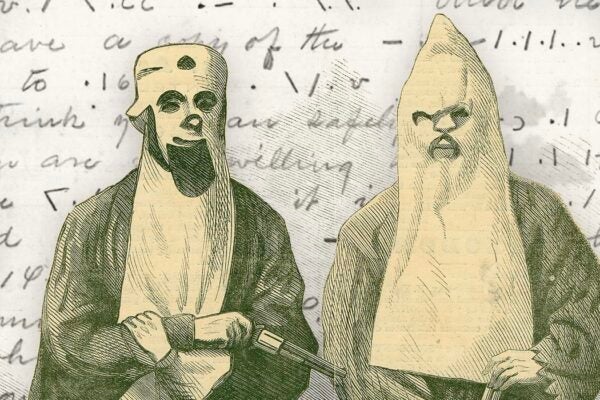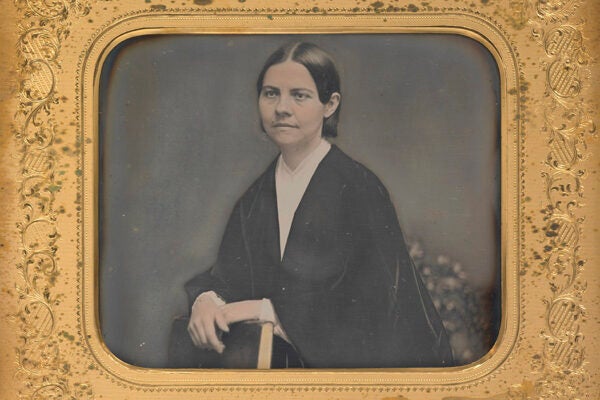The icon indicates free access to the linked research on JSTOR.
Today is Juneteenth—also known as Emancipation Day or Jubilee Day—the holiday celebrating the emancipation of enslaved Black people in the United States. Abraham Lincoln issued the Emancipation Proclamation on January 1, 1863, but actual emancipation happened in fits and starts, especially in the Confederate states then at war with the Union. The holiday takes its name from the date on which US (Union) Army General Gordon Granger declared that all enslaved peoples in Confederate Texas were free: June 19, 1865.


To mark this day of resilience, we’ve collected some of our best stories related to Juneteenth and emancipation—how they’ve been experienced, examined, and celebrated over the years. As always, links to free JSTOR scholarship are included with each story.
June 18, 2020
The emancipation of enslaved people in the U.S. took place over a protracted period. The articles in this curated list dig into the complicated history.
June 18, 2020
Reports in the underground press demonstrate how Juneteenth has been celebrated as both a social and political gathering in the twentieth century.
June 18, 2022
Juneteenth is commemorated by an incarcerated Black woman in a 1975 issue of Sunfighter. What does it mean to celebrate freedom when you have none?
June 17, 2016
The Emancipation Proclamation was issued on January 1, 1863. It took over two years for the news to reach some enslaved people.
June 10, 2015
How the nearness of the Mexican border influenced formerly enslaved people in the state of Texas.
July 1, 2020
"Sorry" can be more than a mere word when it has real-world consequences.
July 4, 2023
On July 5, 1852, Frederick Douglass gave a Fourth of July speech that became his most famous public oration.
February 14, 2023
The Emancipation Proclamation exempted border states from the demand to free enslaved people. But what about West Virginia, which wasn’t yet a state?
January 1, 2022
Abraham Lincoln proclaimed freedom for enslaved people in America on January 1, 1863. Today, we've annotated the Emancipation Proclamation for readers.
February 9, 2016
In one of the earliest examples of reparations, an ex-slave named Belinda petitioned the government and was granted an annuity.
